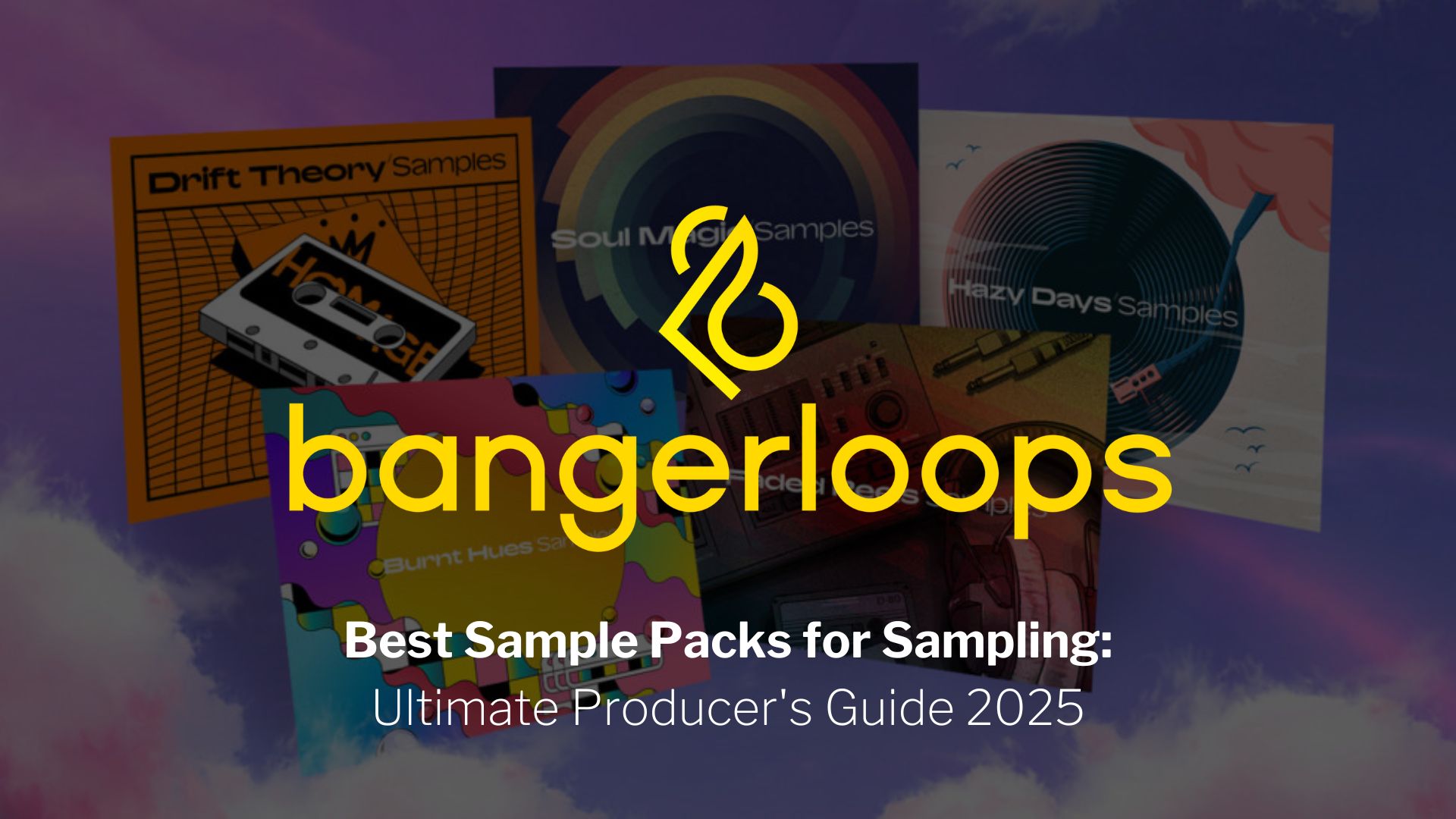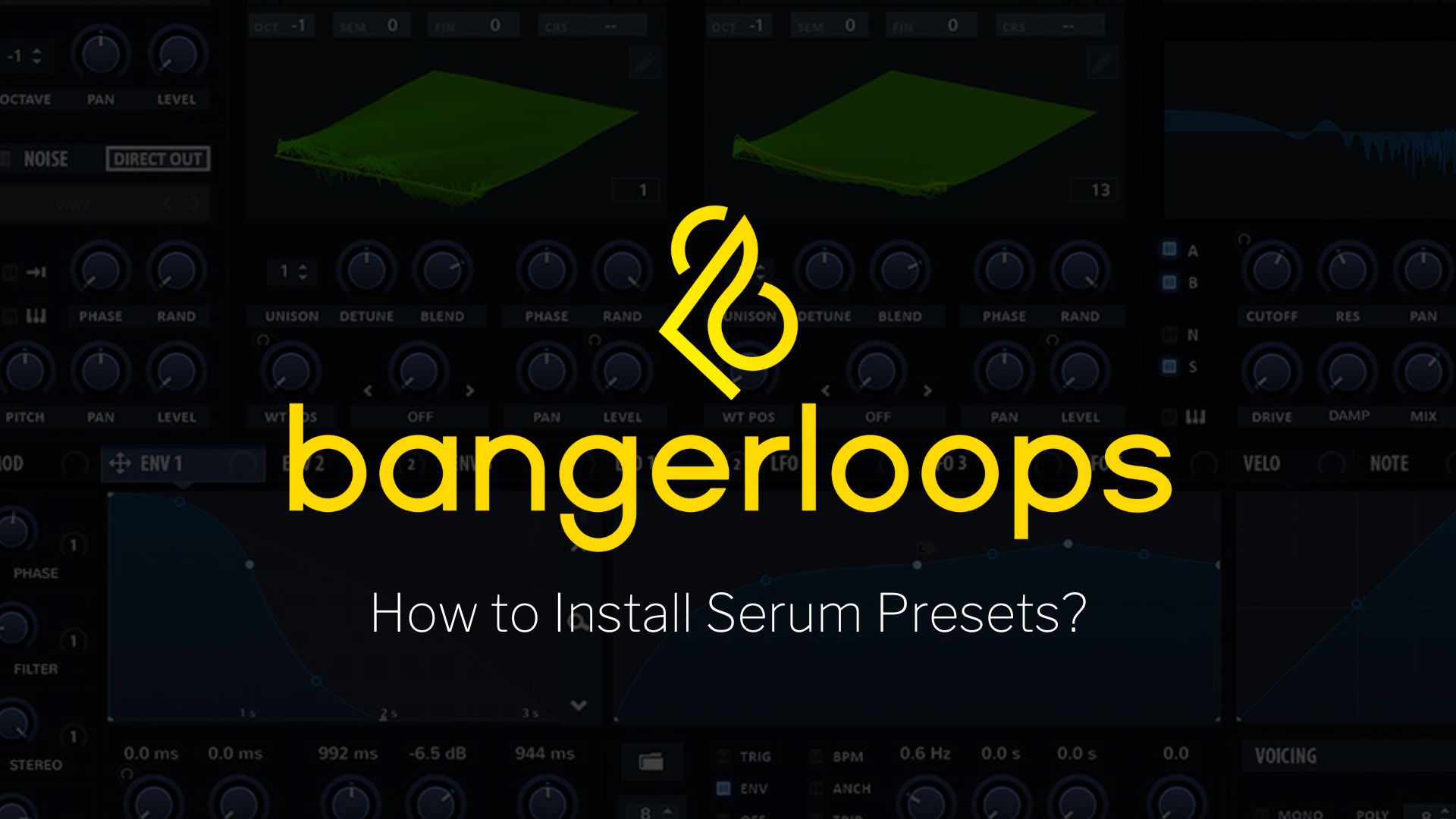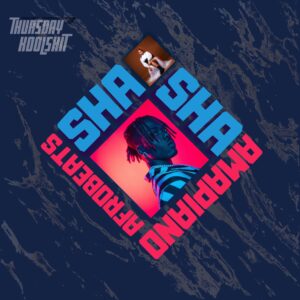Hey Music Enthusiasts!
Greetings, fellow music lovers! 🎵 Ever found yourself pondering how those incredible zipped loop packages come to life in FL Studio? Well, you’re in for a treat because we’re about to embark on a musical journey, breaking down the art of creating your very own zipped loop package.
Table of Contents
Are you ready to let your creativity run wild? Let’s dive right in!
Demystifying Zipped Loop Packages
Before we get our hands dirty, let’s ensure we’re on the same musical wavelength. Picture a zipped loop package as a treasure chest filled with musical gems—ready-to-use loops and sounds. It’s the secret sauce behind many chart-topping tracks, and guess what? Now it’s your turn to master the recipe!
The Why Behind Crafting Your Zipped Loop Package
Imagine having a collection of loops that perfectly vibes with your musical style. Creating your zipped loop package not only streamlines your workflow but also adds that unique touch to your music. Plus, it’s an excellent way to share your musical prowess with the world!

Let’s Get Prepared: Essentials Before You Hit Play
Before we jump into the studio, let’s make sure you’re geared up with the right tools. Ensure you’ve got the latest FL Studio version installed, grab your favorite headphones, and get ready to conjure up some musical magic!
Preparing Your Loops for the Spotlight
Picking the Perfect Sounds
At the heart of any zipped loop package lies the quality of the loops within. Take your sweet time selecting sounds that resonate with your style. Whether it’s rhythmic beats, captivating melodies, or funky basslines, the key is to curate a collection that harmonizes seamlessly.
Perfecting the Art of Editing
Now that you’ve chosen your sounds, it’s time to give them a little TLC. Utilize FL Studio’s editing tools to trim, tweak, and fine-tune each loop. Pay attention to details like tempo and key to ensure a smooth blend when your package hits the spotlight.
Stage Setup: Organizing Your Loops for Maximum Impact
Organization is the name of the game for an efficient zipped loop package. Create folders in FL Studio to categorize your loops based on instruments, genres, or vibes. This not only makes your life easier but also enhances the listener’s experience as they groove to your beats.
Zip it Up: Crafting Your Package in FL Studio
Navigating FL Studio’s Playground
Before you start packing those loops, familiarize yourself with FL Studio’s interface. It’s like having a roadmap for your musical journey, saving you time and potential headaches.
Mastering the Browser’s Charms
Consider the Browser in FL Studio your musical sidekick. Learn the ins and outs to locate your loops effortlessly. The drag-and-drop feature makes the entire process a breeze, allowing you to focus on the creative magic.
Importing and Arranging Your Sonic Masterpieces
Now, the fun part begins – importing your carefully crafted loops into FL Studio. Drag them from the Browser and drop them into your project. Experiment with different arrangements to find that perfect sonic sequence.
Giving Your Package a Name and a Home
Organization extends beyond the loops; your zipped loop package needs a meaningful name. Think of it as giving your creation an identity. Once you’ve nailed the perfect name, save your project and gear up for the next steps.
Amping It Up: Pro Tips for Elevating Your Package
Playing with Effects and Filters
Take your loops to new heights by experimenting with effects and filters. FL Studio offers a plethora of options to add that extra touch. Whether it’s reverb, delay, or EQ magic – play around until your loops exude a professional vibe.

Infusing Variety into Your Loops
Variety is the spice of music. To keep your listeners hooked, inject variations within your loops. Play with different patterns, switch up the instrumentation, or throw in unexpected twists. This showcases your creativity and ensures your loops are versatile.
Quality Check: Ensuring Your Sounds Hit the Right Notes
Before you sign off on your zipped loop package, give it a thorough test run. Play it back multiple times, listen for any irregularities, and ensure each loop seamlessly transitions. This is your moment to catch any hiccups and fine-tune until everything sounds just right.
Releasing Your Zipped Loop Package to the World
Picking the Perfect Format
FL Studio provides various export options, so choose the format that suits your zipped loop package. Consider factors like file size, compatibility, and your audience. Common formats include WAV and MP3, but FL Studio also supports more specialized options.
Fine-Tuning Export Settings
Once you’ve settled on a format, dive into the export settings. Pay attention to details like bit depth and sample rate. These parameters influence audio quality, ensuring your loops maintain their brilliance without unnecessarily bloating file sizes.
Sharing Your Sonic Creation with the World
With your zipped loop package exported, it’s time to let your musical masterpiece shine. Whether you’re collaborating with fellow artists or distributing online, platforms like SoundCloud, Splice, or your personal website await. Spread the musical love!
Tackling Hurdles: Common Issues and Quick Fixes
Dealing with Loop Volume Variations
If you spot volume differences among your loops, fear not. FL Studio has tools to normalize audio levels, ensuring each loop finds its sweet spot in the mix.
The Art of Naming
Consistent naming is your ally. If your loops aren’t playing nice, double-check those file names. A tidy naming system streamlines your workflow and enhances user experience.
Ensuring Compatibility Across FL Studio Versions
Before sharing, confirm your zipped loop package plays well with various FL Studio versions. This ensures a broader audience can groove to your musical creation without any technical hitches.
Answering Your Burning Questions
Can MIDI Files Join the Zipped Loop Party?
Absolutely! Including MIDI files adds a layer of versatility. Users can tweak and customize the loops, unlocking even more creative possibilities.
Any Size Limits for Zipped Loop Packages?
While FL Studio doesn’t impose strict size limits, be mindful of file sizes. Strike a balance between quality and practicality to ensure accessibility without sacrificing audio fidelity.
Using Copyrighted Sounds – Yay or Nay?
Exercise caution with copyrighted sounds. Ensure you have the right permissions or stick to royalty-free sounds to avoid legal snarls. Platforms like Splice offer extensive libraries of royalty-free samples for your creative ventures.
Cheers to Your Triumph: Final Thoughts
Hooray! 🎉 You’ve successfully crafted your very own zipped loop package in FL Studio. Remember, this creative journey is a continuous learning process. Experiment, innovate, and, most importantly, revel in the joy of creating with your newfound skills.
Wrapping It Up
In this guide, we’ve demystified the process of creating a zipped loop package in FL Studio. From selecting sounds to addressing common issues, you now possess the know-how to make musical magic happen. So, go ahead, unleash your creativity, and let the world groove to the beats of your unique zipped loop package! 🎶









